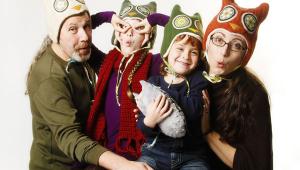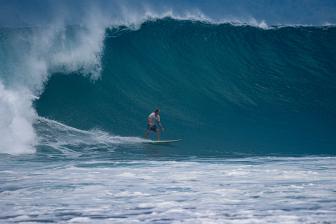The Working Photographer’s Portfolio: Prints, Web, iPad…Or All Of The Above?
As technology changes so do methods of presentation. In this article I set out to discover what type of portfolio photographers have found work best and, from the buyer’s perspective, what type or types they prefer. As I conducted the interviews among art directors, photo reps, and photographers it all began to boil down to this: how do you get your work seen by potential clients and how do you craft an effective portfolio that makes sense to them and represents your craft and passion?
For this story I talked with Suzee Barrabee, Director of Art & Print Production at Goodby, Silverstein & Partners; Heather Elder, Heather Elder Represents; Shane Ernest, Rare Photography and Motion; Tony Gale, Tony Gale Photography; Kate Madden, Art Director at SagaCity Media/Portland Monthly; Jason B Smith, Jason B Smith Photography; and Zave Smith, Zave Smith Photography. Many thanks to all. Please see contact information at the end of this article.

Shutterbug: What are the most common mistakes photographers make when trying to get a foot in the door and have you, a buyer, look at their work?
Suzee Barrabee: Mostly the work they choose to send and how often they send it. What really interests me most is good photography. If I get an e-mail or mail piece that shows a beautiful or intriguing or thoughtful image, I will definitely check out the website. A great, easy-to-navigate website is key. Make your images large so they really shine and so I can appreciate all the hard work and attention to detail.
PDFs are difficult as I don’t open files from people I don’t know and they tend to fill up my inbox. If you send a printed piece, be sure you include a few select images and make sure that it is printed well. A bad printing job just reflects badly on your work. E-mail updates should come when you have something new to show. As a rule, I usually tell people no more than one every two months. Be professional and succinct in your written communication as the work should generally speak for itself.
I wish I had time to respond personally to every e-mail or mail piece but I just don’t, but it doesn’t mean that I haven’t looked at your work. Finally, just know that I really do want to see your work. It is a nice part of my job, and I chose this job for a reason. I like seeing beautiful artwork and I like working with talented photographers.


SB: When you view portfolios in person, what formats do you prefer (PDF, print book, iPad)?
Kate Madden: I’m a huge materials dork, so I really love looking through print books. They demonstrate an attention to craft and a dedication to professionalism. That being said, I also know that print books are expensive and time-consuming. I’ve begun to really appreciate the iPad as a portfolio tool, especially when a photographer has taken the time to customize the portfolio in anticipation of the places where their work overlaps what we do. I’ve also seen it allow people to pull stuff from their archives when I ask questions about specific subjects or lighting styles.
Heather Elder: I have always preferred an actual portfolio. I like to turn the pages, see the images big and see what they look like in print. I also like to see how a photographer designs the portfolio, what his/her aesthetic is, how it is laid out, and how they pair the images. Mostly I am interested in what story they tell with their images. While acceptable, looking at images on an iPad feels like looking at images on the web. This is fine, but in a meeting setting I prefer the actual book. We are still in the print business after all (well, mostly!).
Suzee Barrabee: I prefer the version that best highlights the work. It is the content that counts most! It also helps to get your work reviewed for professional editing and formatting before you start presenting it to potential clients, using companies such as Eyeist.com for example.
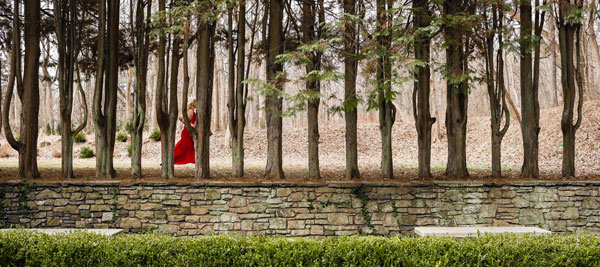

SB: Other than having a website, what is your best advice for presenting your portfolio?
Shane Ernest: I think it boils down to ensuring that your work is a complement to their mission and can enhance their message and then connecting with them on a personal level. I often contact organizations after seeing an advert that I liked from them, or a recent story about their work. I’m always keeping my mind open for unexpected possibilities and partnerships that resonate with my values. I am looking into doing biannual mini-magazines printed through HP’s MagCloud for staying up to date. I love design and photography in its many facets, and these small mailings would be a great opportunity to combine my interests into a valuable mailer.
Tony Gale: I have had success with unusual promotions. I have sent remote control cars, with a note saying they needed to meet with me to get the remote control. That got me a lot of meetings. I am also sending lunch bags with homemade cookies; it definitely gets attention. And of course the old standby—making lots of calls. I find that if you are personable and consistent people will often meet with you.
Jason B Smith: I feel like I need to get myself in front of people along with my work, so I try to attend portfolio reviews whenever possible, which might mean traveling to photo events around the country to meet with reviewers. While I’m there I make sure to ask about coming in to show my book at their firm (magazine, agency, gallery). You only have 20 minutes and that’s just enough time to see if there is interest in the work and a mutual connection. The goal is to continue the relationship outside of that review. I also will travel to cities on my own to meet with people I want to work with.
I use Agency Access to do the research, send out promotional e-mails and postcards, and then I’ll follow-up with a call to say that I’m coming to town and would like an appointment. Doesn’t always work—I’ve had photo editors tell me to come in, only to find myself walking around New York because they got too busy. But in general, there’s no substitute for doing in-person showings. I’ve had some success with the more passive vehicles as well—PhotoServe, Altpick, Wonderful Machine—they’ve all brought in assignments so I know people are seeing my work that way. You need to have a diverse set of marketing tactics to get the work in front of people, and I believe that you can’t just have a website, you need a real book and you need to take it to your potential clients.
Heather Elder: It is increasingly difficult to get an actual portfolio looked at nowadays. Creatives much prefer websites. So, I tell photographers all the time to concentrate instead on getting your imagery out to as many people as possible.
First, start with creating inspiring and unique imagery. That has been and always will be the best way to get attention. Once you do that, sharing those images via social media helps spread the word quickly. Consider starting a blog so you can write about your new work. Join Instagram or host a Tumblr site, post on Facebook, join Behance (or other similar creative sites) and partner with websites such as Workbook or FoundFolios and AtEdge so that you have even more places to showcase your work.
Zave Smith: With all our modern means of communication it actually feels harder to connect with our markets than ever before. Art buyers don’t open a lot of their e-mail. With caller ID, they often don’t answer the phone. Today, advertising agencies are very thinly staffed. Agency art buyers are overworked. They do not have the time they would like to look at new work and meet new talent. As photographers, we need to be mindful and respectful of this. It also means we need to reach out often, knowing that they might only be paying attention some of the time.
I post something cool in social media once a week and I have worked hard to build up a large following on these platforms. Besides the occasional postcard I also send out an e-mail blast once a month. I advertise in the Workbook and I have portfolios on Altpick and the Behance network.
I also try to get stories about my work posted on their blogs. Like everyone else, these editors are crazy busy so try to make their lives easier. Provide them with material that is “post ready.” It really helps if the story is either educational or funny or both. It is best to write something that would be of interest to the blog readers, not just a brag piece about how great you are.
Does all this activity work? Yes, I often bump into art directors who compliment me on my recent work that they can only be aware of via social media. Most importantly, I often get calls from art buyers who only know me via my promotional efforts. On top of all this national self-promotion, I also try to stay visible in my local market by attending the functions of groups like The Ad Club and the Art Directors Club. In fact, I served on the board of the Art Directors Club for about a decade.
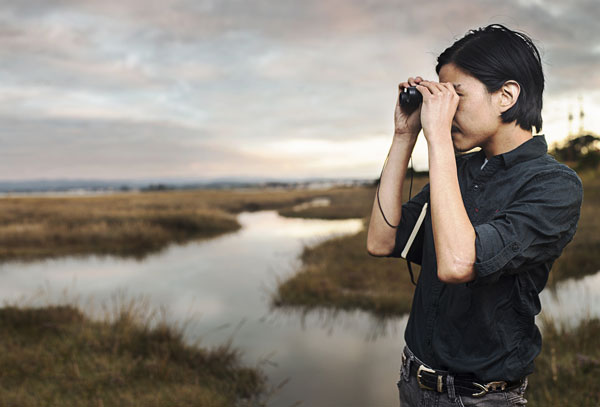
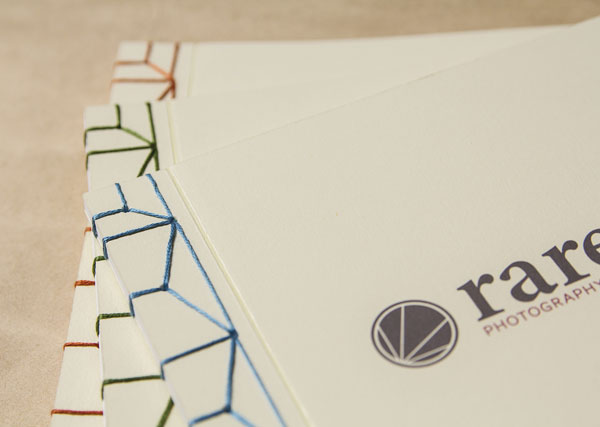
SB: How do you edit your portfolio to show strong and consistent images that best represent the style you want to work in?
Heather Elder: Ask for help or hire a consultant. I find that the strongest edits are when a photographer and an agent/consultant partner together to find the strongest and most relevant story to tell. An agent/consultant has his/her pulse on what is happening in the marketplace and can guide the photographer to choose and pair images that address those needs.
Jason B Smith: This is a constant challenge but it really helps to know what the message or “brand” of the work is. It can’t just be haphazard shooting and maybe I’ll get something that I like. I did that for several years. I did a lot of internal work to understand the things that are important to me, how I want the images to feel, the subject matter and stories I want to tell. So I have that stuff written down and burned into my brain, and it serves as a compass when editing down the images. I’ll get to a rough edit on my own and then I’ll reach out for help. It might mean putting it in front of friends or people whose aesthetic I trust, or if I can afford it I will hire a professional to edit the work for me. Even if I really like a picture, if it doesn’t meet the criteria I have set up for my brand, it doesn’t go in.
Zave Smith: Editing one’s own work is one of the hardest things a creative person can do. This is an area where it really pays to reach out and get help. In order to successfully edit you need to know what you are editing for. Just putting together a collection of cool images does not cut it. You need to know your target market and edit for that. But I cannot stress how important it is to get professional help here. Since the very beginning of my career I have hired consultants to help me create new work and edit such work into portfolios that make sense. I would not be nearly as successful as I have been without the efforts of people like Elaine Sorel, Ian Summers, and Selina Maitreya.
Shane Ernest: It’s always difficult to edit your own work, but it’s an essential practice. I try my best to add an unexpected image into the mix to keep from being too monotonous. My greatest source of guidance and inspiration are the caring folks I’ve met through ASMP and other events who have been kind enough to help with my edits.

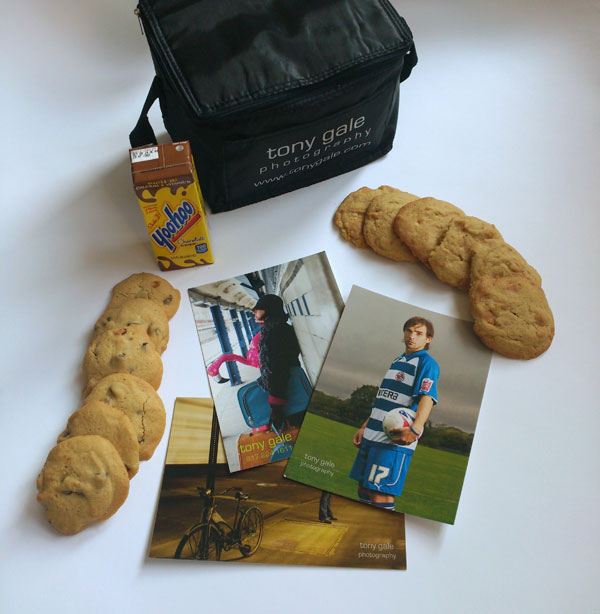
SB: What kind of homework do you prepare before contacting a potential client to show your portfolio?
Tony Gale: I will look for examples of past projects they have been involved in. Use Google to find the person’s name and title and it often comes up with examples of what they have done in the past. Getting your work in front of someone is a waste of time if you don’t show them relevant work.
Jason B Smith: If it’s a magazine, I like to know what kind of stories they’ve done recently that are relevant to my photography—or maybe I’ll want to show something from a personal project that is relevant to their publication. I do whatever I can to make their job easier and show that I understand their audience and how to shoot a story that would be in that magazine. If it’s an agency, I want to know who their clients are and which accounts my work is relevant for, then I can ask questions about how they hire photographers.
Shane Ernest: The obvious—are we a good match, do I resonate with the vision and mission, and can I do an exceptional job that will enhance their image? I also research as much as I can about the organization so I have a good sense of where they are coming from.
Heather Elder: It is always important to know what clients the agency has and, if you can, find out what accounts the creative you are meeting with is working on. It never feels good to present a portfolio to an agency that doesn’t have work relevant to what you shoot.


Web Resources
Contributor Sites
Suzee Barrabee: http://goodbysilverstein.com
Heather Elder: www.heatherelder.com; http://elderrep.wordpress.com/
Shane Ernest: www.rarerthan.com
Tony Gale: www.tonygale.com
Kate Madden: www.portlandmonthlymag.com
Jason B Smith: www.jasonbsmith.com
Zave Smith: www.zavesmith.com
Resource Sites
Agency Access: www.agencyaccess.com
Altpick: www.altpick.com
AtEdge: www.at-edge.com
Behance: www.behance.net
Eyeist: www.eyeist.com
FoundFolios: www.foundfolios.com
PhotoServe: www.photoserve.com
Wonderful Machine: www.wonderfulmachine.com
Workbook: www.workbook.com
Takeaways
Clients are looking for how you think as a photographer, not just pretty images.
A portfolio presentation does NOT make a relationship; only your research, mutual interest, and follow-up can make that personal connection.
Good news: print portfolios still work!
Get help editing your portfolio.





